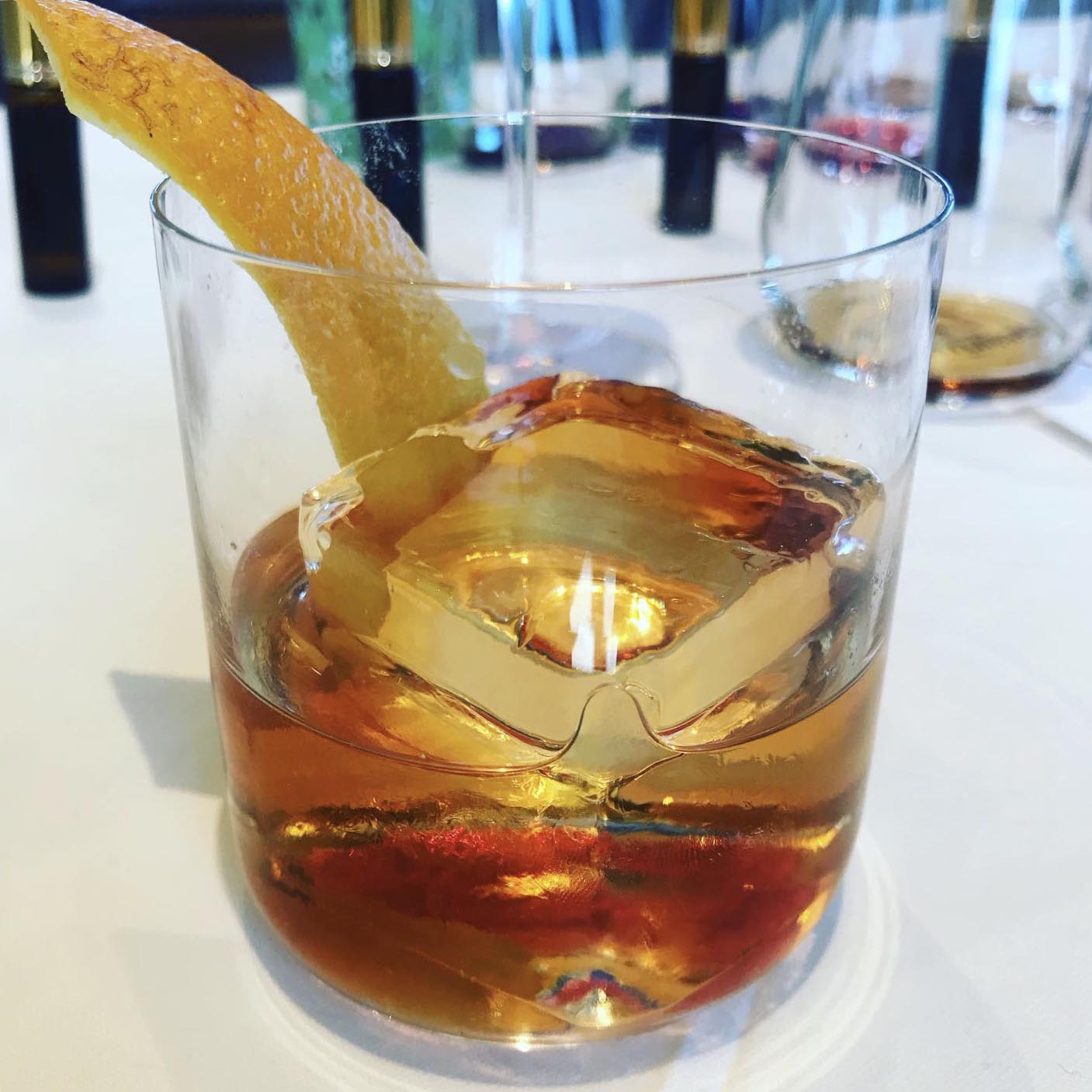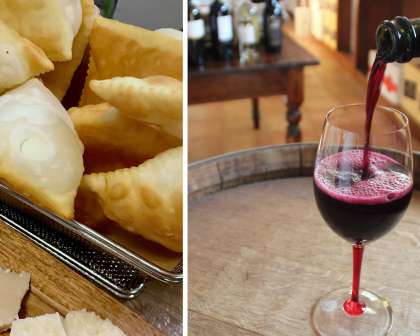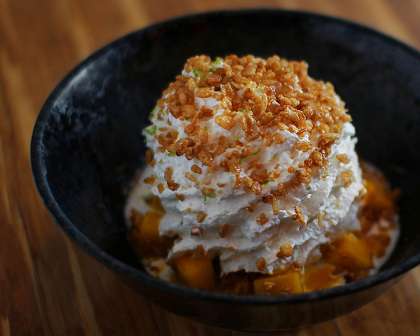Dish & Tell

Amaro for the finish
Tue Oct 15 2019
Amaro (means bitter in Italian) is an Italian bitter-sweet herbaceous liqueur typically enjoyed at the end of the meal to aid digestion. Amari (plural) are essential ingredients in classics like the spritz, negroni, and americano, not to mention more inventive cocktails across the city. Well-known names in the amaro world are Amaro Montenegro, Fernet-Branca, Averna, and Braulio. Oh, but there are so many more to explore.
Tad Carducci, national brand ambassador for Montenegro, said it well with amaro being the product of “things from all over the world coming together to become something that is greater than the sum of its parts.” He is talking about ingredients such as spices and herbs that are essential to making amari. Recipes are top secret, which for the drinker, provides an amusing game of guessing what botanicals might possibly be used to make the amaro. Bitter, herbaceous, spicy, floral, sweet, roasted, fresh, balsamic, fruity, vegetal, warm and tropical aromas and flavors can come from a number of herbs, spices and roots. Just a few to mention are juniper berries, gentian, rhubarb, saffron, cinchona bark (quinine) and more. Montenegro distinctly reminds me of a rose garden in full bloom in the middle of the woods, along with citrus, cinchona, honeyed sweetness, and dried fruit.
Look for amari in places such as Vetri Cucina and Mr. Coco (both located inside Palms Las Vegas). While at Mr. Coco, engage in a conversation with legendary bar man and proprietor Francesco Lafranconi who can share with you everything from the history of amaro and the impact of the Venetian Spice trade, to the nuances of the many botanicals used and medicinal uses of bitters. Off the strip, head to Pizzeria Monzú where Matt Rose, director of libations, has been curating one of the finest and largest amaro selections in the city. His last count was close to 60. In a recent visit, he brought out Antica Torino’s Amaro della Sacra, reminiscent of flowers, seeds, roots, resins, spices, and bark, namely cloves and cinnamon, myrrh of the Middle East, and cinchona bark of South America. The amaro is created by macerating the ingredients in grain alcohol and aging until all elements are well incorporated. The second was Amaro Dilei by Bordiga Distillery, located in Piedmont, Italy with aromas and flavors that are minty and balsam, and smelling like a pile of freshly raked pine needles and resin. Less sweet than the previous and extremely balanced. It’s a digestivo we could use at the conclusion of a great meal at Monzú.
Share this Article

Marisa Finetti
Marisa Finetti has called Las Vegas home since 2005, after spending 10 years as a zinfandel grower in Dry Creek Valley. Her best of moments in writing include getting her mug shot taken at Penn Jillette’s house, covering a nudist colony while being uncovered, and interviewing a sommelier who enlightened her that there is more to wine than California. Visit her at marisafinetti.com
Read More








